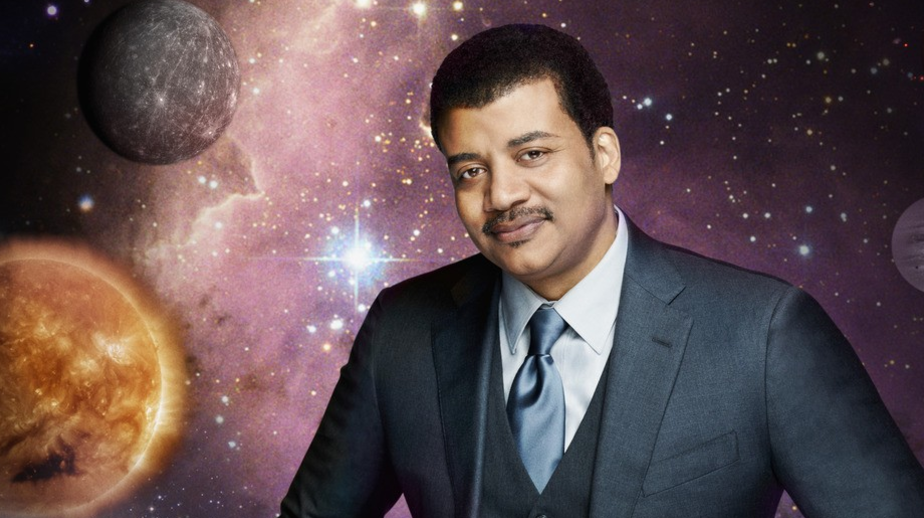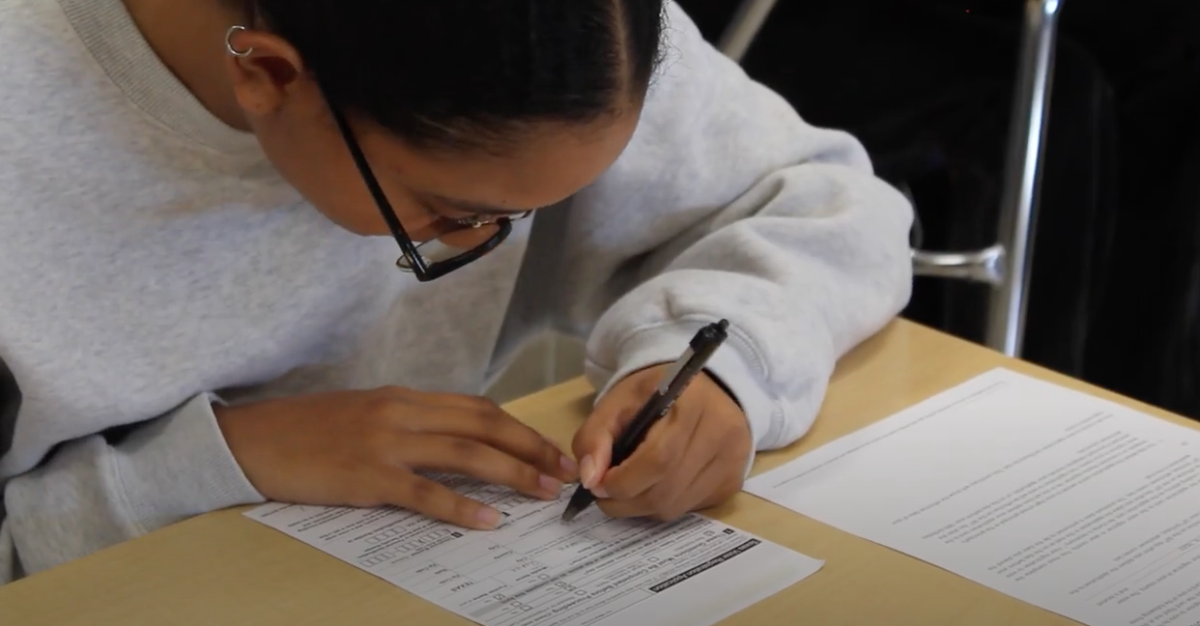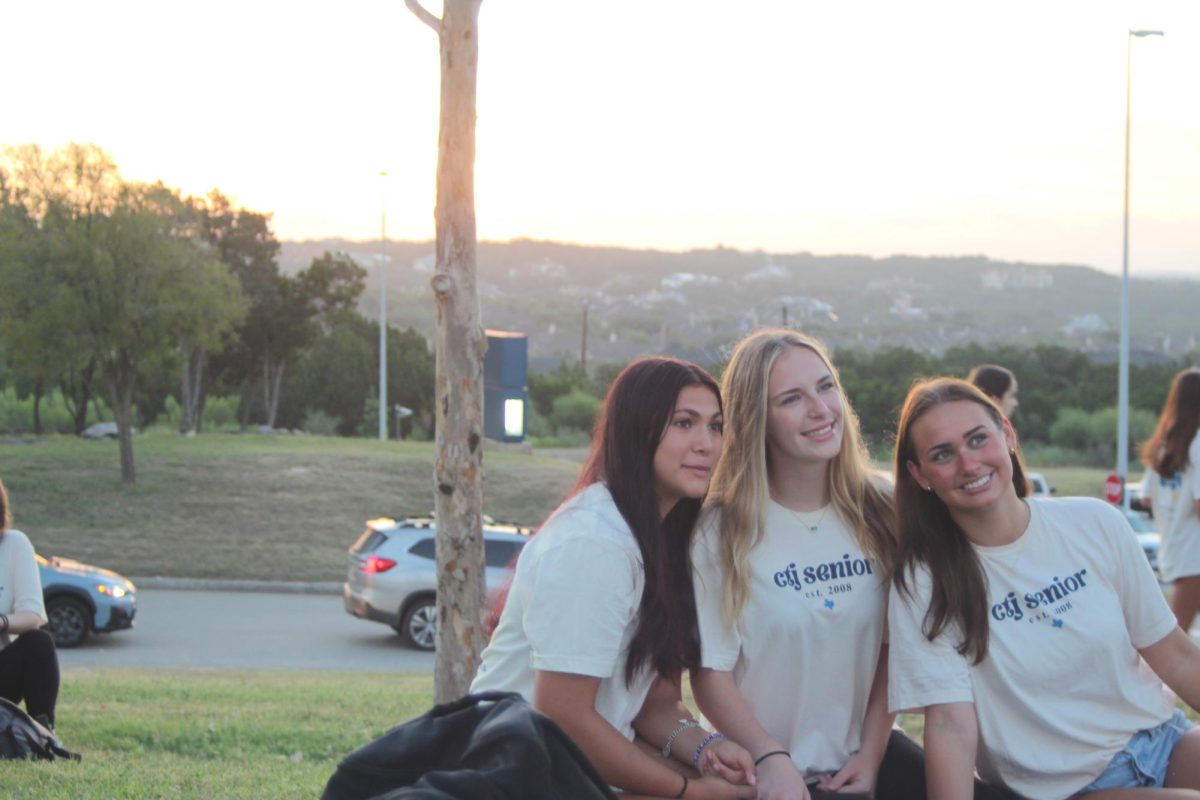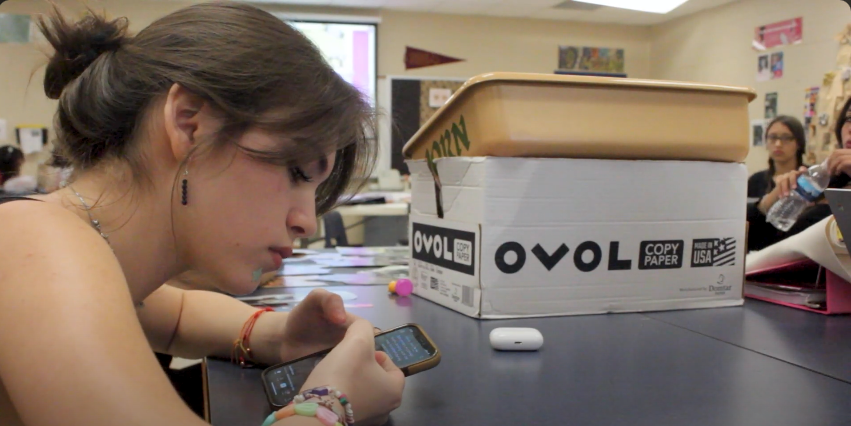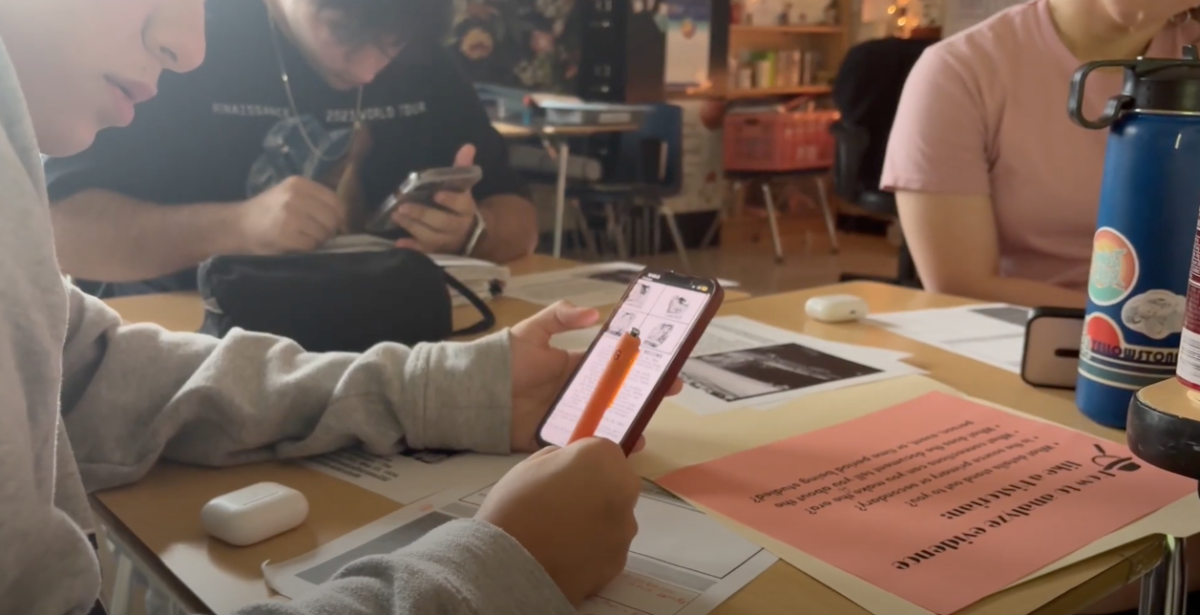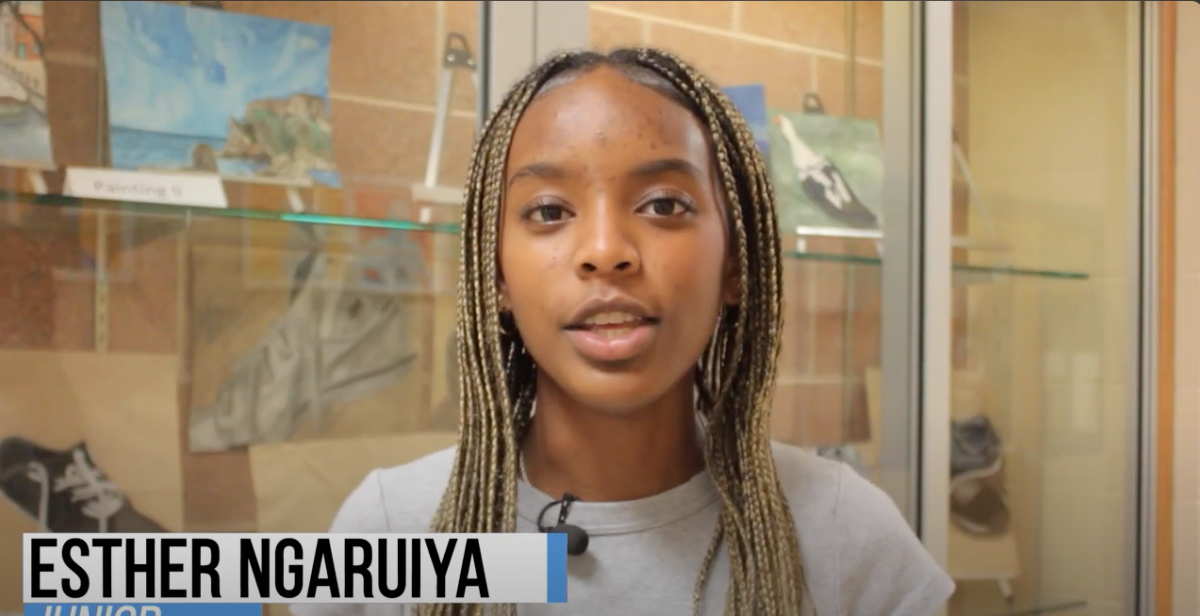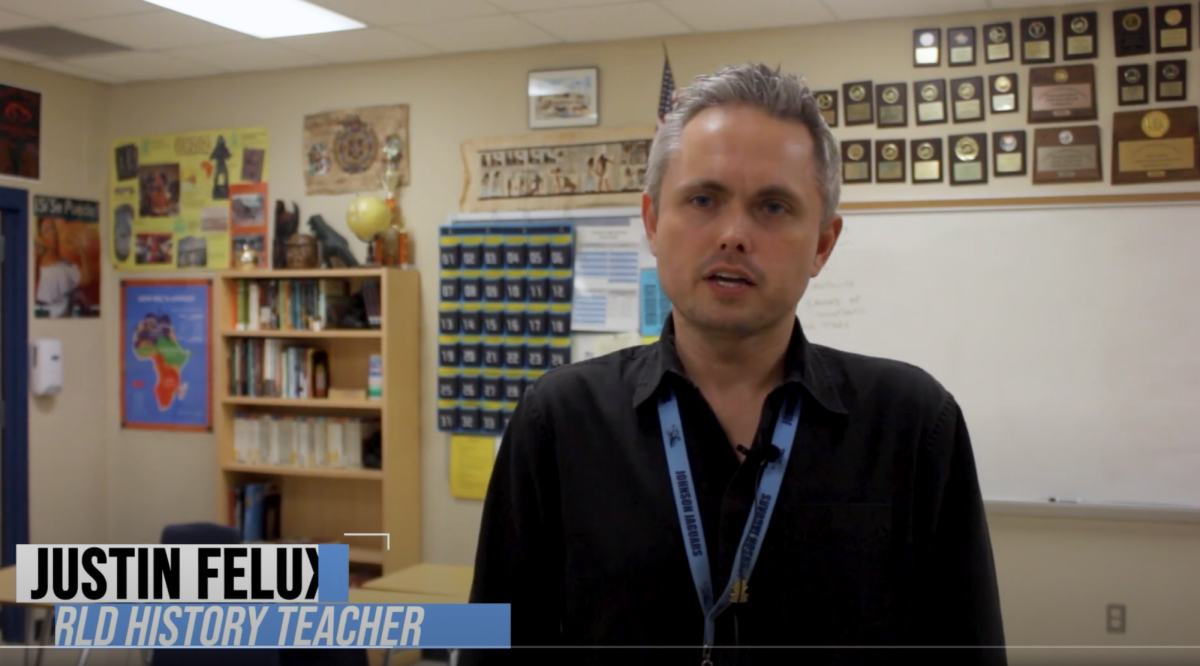by Emma Fisher | staff writer
The presentation performed by Neil deGrasse Tyson at the Tobin Center on January 17 was a lecture of a lifetime. When I talk to my friends about it, they have no idea who he is. He’s famous for the TV show ‘Cosmos,’ and is a very well-established astrophysicist. He’s written thirteen books such as ‘Astrophysics for People in a Hurry,’ which has reached number two in the New York Times Best Seller list.
Now, you’re probably wondering: What is so great about a astrophysics lecture? What’s so great sitting as this person talks about space for three hours? I thought the same thing the first time I went two years ago with my cousin.
The thing is…it’s not a normal lecture. Tyson is animated in the way he speaks and explains things. He picks a topic and talks about it for three hours. The topics were not normal either. The first topic he picked during my first time was movies. He picked out things that were right and wrong in movies. He played the song ‘Let it Go,’ explaining how there was math in a Disney song;
Frozen fractals all around.
Fractals, I discovered is a word used to describe abstract and geometric shapes and patterns in nature. He accused the movie Titanic of incorrect constellations, during Rose’s “floating on a piece of wood scene.” Apparently, he bugged the director about it because it was just a mirror image. In the twenty-year release, they fixed it. In the movie Armageddon he played a scene, saying how the meteor could be scene by a children’s telescope and how ridiculous it was that they couldn’t find it.
I left the first lecture full of laughter and joyous memories. I couldn’t wait to go back again.
I went again a year later for a Christmas present. The lecture topic was all about ego and how insignificant we truly are in the world, reading a letter sent to him explaining how his presentation was damaging to an ego. “If you don’t come into the building with and ego, then you won’t walk out depressed,” he said during the lecture.
This was also the lecture I noticed he takes off his shoes when he walks around the stage. He also starts every lecture with the slide that says:
Pluto. It’s still not a planet. Deal with it.
Before he even starts, he asks the audience if they know what he’s talking about that night and when we say no, he exclaims, “You came and you don’t even know what I’m talking about!”
This was the lecture that my sister got to ask him a question. She had gone all out in space. He asked for a spotlight to put on her. With the line of people, she was brought to the front even though she was one of the last ones. It was sweet to see her blushing face and a smile I couldn’t slap off for a week. Tyson is very interactive with the audience. He accuses biologists for coming up with a crazy long latin names.
“We name things what they are,” he said. “This is a giant red star. It’s called a Red Giant.” After he chuckled for a few moments, he continued. “You see where I’m going with this? This is a hole in space time that is black. It’s called a Back Hole.”
The third lecture’s topic was about collisions. His table of contents contained parts labeled: Cratering Collisions, Solar Particle Collisions, “Shooting” Stars, Comet Collisions, Panspermia Collisions, Black Hole Collisions, Pulsar Collisions, Galaxy Collisions. Extinction Collisons and my favorite, Scary Collisions.
During Extinction Collisons, there was an imitation of the collision that took out the dinosaurs. He told a story about him showing this in a high school auditorium.
“A kid at the front raises his hand and asks me, ‘Dr. Tyson, is that a real photograph?’ Yes. The pterodactyl had is camera and snapped the photo. We found the SD chip in the fossils. Then we plugged it into our computer,” he said. “Yes. That is a real photo.”
During Scary Collisions, he showed a slide that said in big letters:
Universe wants to kill you
All three lectures were fun and joyful. They were interactive and funny as Dr. Tyson was very animated when he spoke. Even though it sounds boring when you don’t know who he is, it is worth going to go see.
I would go see his lecture any time – even if it doesn’t sound like something you’d usually be interested in. Or even, especially if that’s the case.


